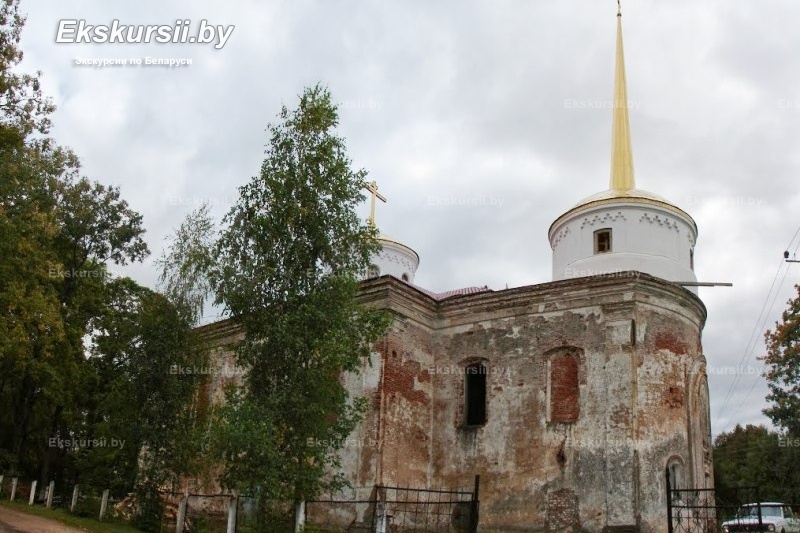- Home
- →
- Attractions
- →
- Holy Trinity Catholic Church in Ostrovno
Holy Trinity Catholic Church in Ostrovno
The Holy Trinity Church in the village of Ostrovno is a historical and architectural monument located in the Vitebsk Region. Built in the early 20th century, the church combines elements of Gothic and Baroque architecture. It is an important religious site in the region and attracts tourists with its unique architecture and spiritual atmosphere. Tours of Belarus often include a visit to the Holy Trinity Church, where visitors can learn about its history and significance for the local community. You can book a tour from Minsk and head to this picturesque location to enjoy the beauty of the church and experience its unique atmosphere. Tours to the Holy Trinity Church offer an opportunity to immerse yourself in the history and religious heritage of Belarus.


